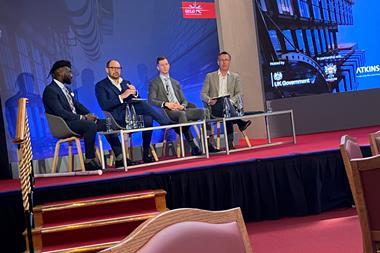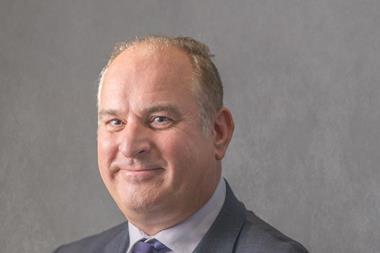FloodFlash’s chief executive, Adam Rimmer tells Insurance Times about the three trends driving the growth of parametric insurance
The world of catastrophe insurance is characterised by two unstoppable macro trends.
Climate change, population growth and urbanisation are all driving up annual catastrophe damages. And increasing computer power and the proliferation of IoT (internet of things) networks mean that mass-market parametric insurance is possible for the first time.
These trends are why we started FloodFlash.
Parametric insurance has gone from a conference buzzword to form award-winning covers used by clients worldwide.
Here are three trends behind that growth.
For the first time, all businesses understand what is required to survive a catastrophe

Catastrophes kill businesses. Studies by the US Federal Emergency Management Agency (FEMA) show that “90% of smaller companies fail within a year unless they can resume operations within five days”. Covid has created a world in which every business is alert to the threat, and the outcome, of being closed.
The best way to steady a business whose source of income is in crisis is to provide cash fast. This is where the gap between traditional and parametric insurance products begins to emerge.
Parametric insurance uses pre-defined values for claims.
That means the value of any damage caused is removed from the equation, and with it the requirement for claim adjustment. Parametric claims are paid in hours, not the months it can take traditional catastrophe covers to pay out. FloodFlash paid Storm Christoph claims in 9 hours and 44 minutes, even during a national lockdown. In the wake of Covid that’s what businesses demand, and need, to survive.
Hardening insurance market drives innovation
Insurance prices are rising and Covid-19 has made capital and capacity harder to come by. One of the first casualties in a hard market is catastrophe cover. Policy wordings become tighter, prices increase and exclusions start to creep in. This is where parametric insurance comes into its own.
Parametric insurance is attractive in hard markets for two reasons. The first is the lack of uncertainty. Using pre-defined values for a claim reduces uncertainty. The benefit to insurers is then passed onto clients as lower premiums.
The second reason is the way it is structured. If a client sees an unattractive price, they can adjust the parameters of the cover to suit their budget. They might not get penny-perfect indemnification, but they have cover in place to protect their cash flow and survive.
The old adage that ‘necessity is the mother of invention’ holds true in the insurance market. The most successful technologies were created in the depths of previous recessions. Necessity is now driving the demands for parametric covers. As a specialist parametric broker told me earlier this week: “It has gone crazy since Christmas”.
Word is out
I’m not the only person recognising these trends. Venture capitalists who are paid to think about what the world looks like in ten years have also cottoned on. Renowned VC and early Facebook executive Chamath Palihapitiya announced his latest venture on Wednesday: OTT Risk, a platform for pricing and trading parametric business interruption cover. Descartes Underwriting, Parsyl and Arbol have all announced big equity raises from VCs (venture capitals) in recent months.
Clients, insurers and investors have woken up to the possibilities of simpler, faster catastrophe insurance, and they are already experiencing the benefits. The capital pouring into parametric insurance firms will fuel this growth further.

Hosted by comedian and actor Tom Allen, 34 Gold, 23 Silver and 22 Bronze awards were handed out across an amazing 34 categories recognising brilliance and innovation right across the breadth of UK general insurance.



















































